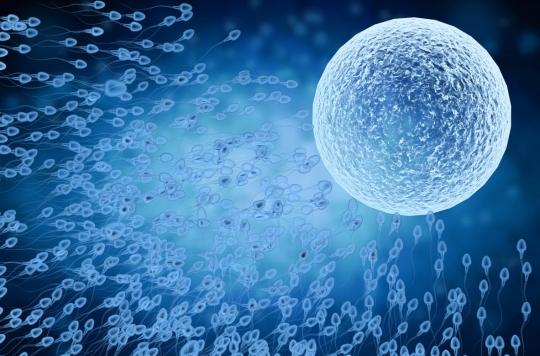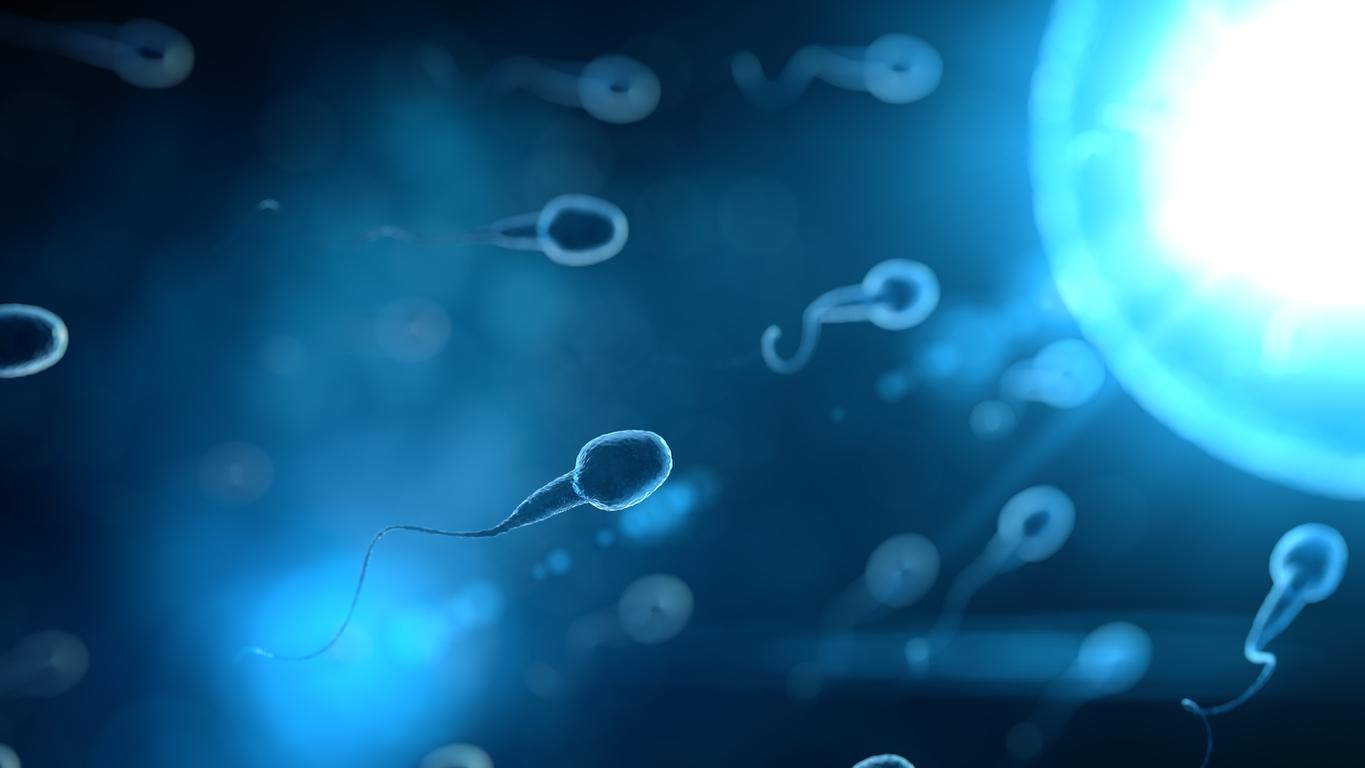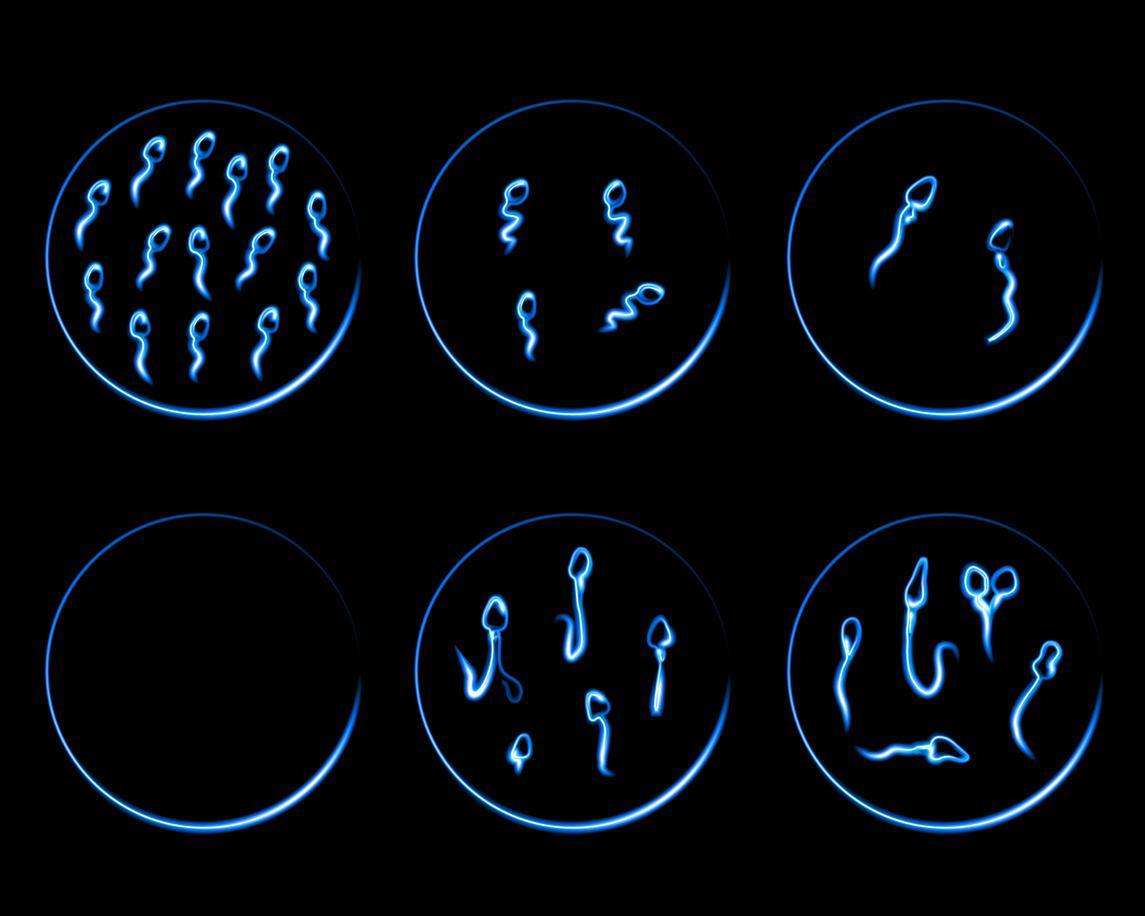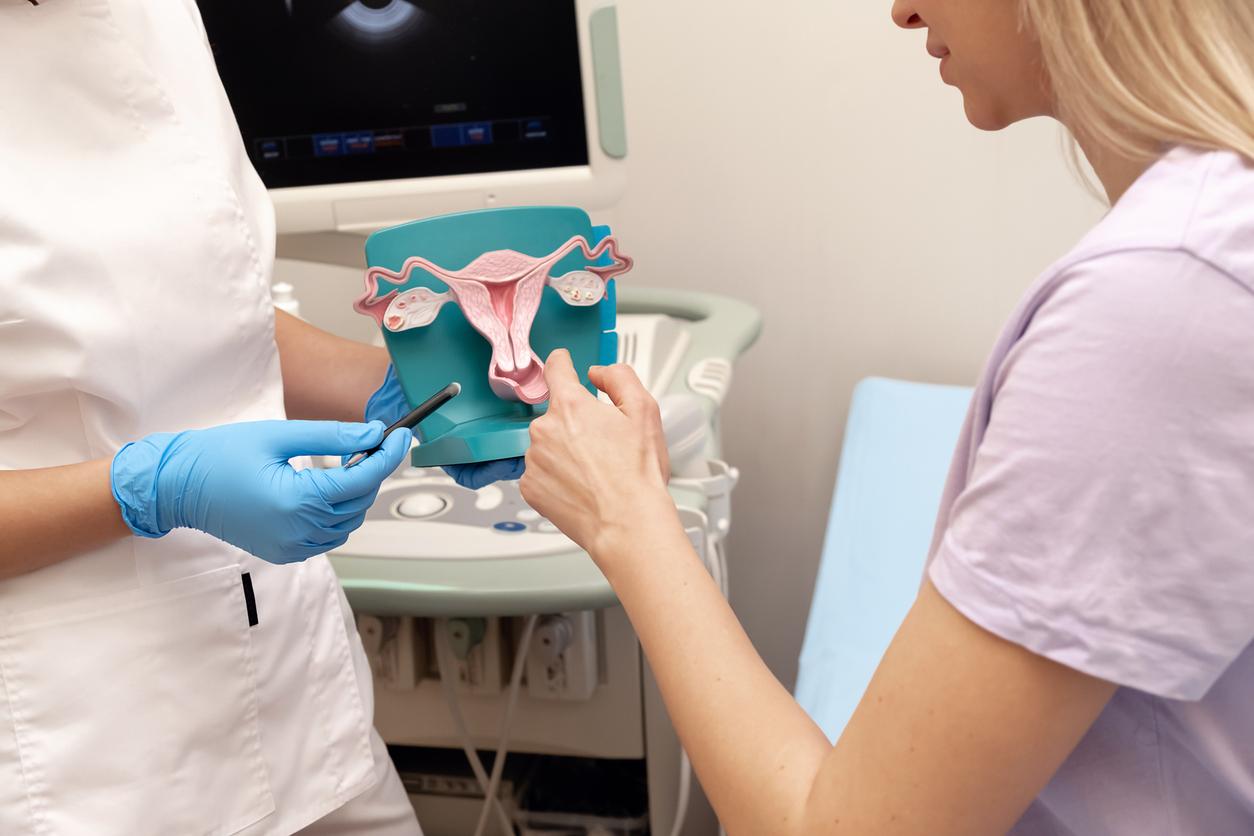A scientific team from the University of California has discovered the presence of receptors on uterine cells, which would facilitate the survival of certain spermatozoa when they enter the uterus and thus promote fertilization of the egg.

Why are 200 million sperm released into the uterus when only one finally manages to fertilize the egg?
This question, on which many researchers have already looked, is the starting point of the work directed by Pr Pascal Gagneux, molecular anthropologist at the University of California, San Diego.
One of the answers invoked is that when they arrive in the uterus, the sperm must face an attack from the immune system. Its objective: to eliminate the vast majority of male reproductive cells while allowing some to survive so that one of them fertilizes the egg located in the fallopian tubes.
But how is it that not all sperm are eliminated by the immune attack? Professor Gagneux and his team may have found the answer.
In a study published in the Journal of Biological Chemistry, they explain that they have discovered that the endometrial cells lining the uterus are equipped with receptors capable of recognizing a glycan molecule on the surface of spermatozoa. This interaction could make it possible to adjust the immune response of women by helping certain male reproductive cells to cross the leukocyte reaction, named for the white blood cells which participate in the protection against attacks from external organisms.
Receptors whose role remains to be determined
How does this interaction work? Like the innate immune system, it uses proteins called sialic acid-rich glycans that coat sperm. The immune system succeeds in differentiating uterine cells from “invaders” by detecting this sialic acid.
Professor Gagneux’s team observed the presence of sialic acid binding receptors called siglecs on endometrial cells. It is these endometrial receptors that can bind to sperm and the hypothesis is that this binding would attenuate the immune response.
However, some points remain to be clarified. This interaction could indeed help the spermatozoa to cross the immune response but also be a means for the uterine cells to eliminate the defective spermatozoa.
“It is somewhat embarrassing not to be able to say much about the meaning of this [interaction]”, recognizes Pr Gagneux. The first step in understanding its physiological significance will therefore be to seek the direct interaction between sperm and intact uterine tissue because this first study only examined sperm in interaction with purified proteins.
“It is humiliating to work in such a poorly understood field. Reproduction is a very delicate struggle on many levels. The fact that there is also this immune game is completely fascinating!”, concludes Professor Gagneux.
.















